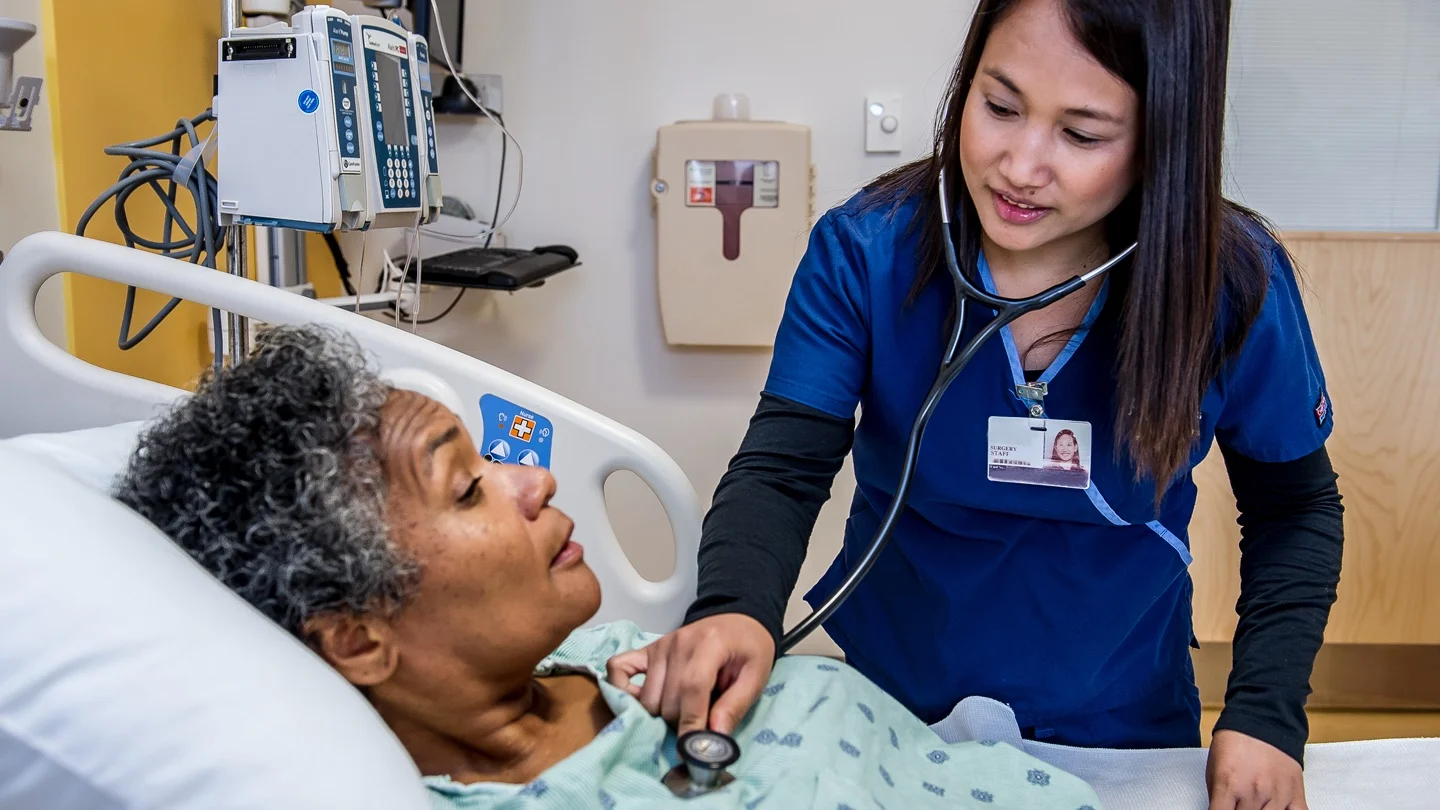Today our topic of discussion is General Instruction of Lumbar Puncture.
General Instruction of Lumbar Puncture

General Instructions
- Site used for lumbar puncture is between third and fourth or between fourth and fifth lumbar vertebrae in adults and still lower in children
- Strict aseptic techniques are to be followed.
- Since any infection introduced into the spinal cavity would be fatal for the patient
- The position used is side-lying position with the knees drawn to the chin or a sitting position with the head and neck flexed is maintained during the procedure
- The patient should be placed near the edge of the bed or table for the convenience of the doctor
- The lumbar puncture needles should be sharp, small in size and not curved (Fig. 28.8)
- The pressure reading of the CSF is taken when the patient is relaxed and the fluid level remains fairly constant in the manometer
- The flow of CSF varies in different conditions, when the intracranial pressure is high, the fluid may spurt out in jets, when the tension is low as in case of dehydration
- The patient’s vital sign should be checked frequently during and after the procedure to detect the early signs of complications
- Drug to be injected must be warmed to body temperature and it should be injected very slowly
- The amount of CSF withdrawn is equal to the volume of fluid to be introduced or is sufficient for the laboratory investigations planned
- If a ‘Queckenstedt’s test is to be carried out during the procedure.
- The nurse is asked to compress the jugular vein first on one side, then on the other side and finally on both sides at the same time
- When the ‘Queckenstedt’s test is normal, there is a sharp rise in the pressure followed by a full as the compression is released.
- If the test is negative, one must conclude, that a block exists between the ventricles of the brain and the spinal canal which might be caused by spinal tumor, dislocation or fracture of the vertebrae, etc.
- Queckenstedt’s test is control indicated in the presence of intracranial disease particularly in the presence of intracranial pressure and intracranial hemorrhage
- At the end of the procedure, the puncture site is sealed to prevent leakage of fluid from the spinal cavity and infection, entering into the spinal cavity
- After the lumbar puncture, the patient should lie flat on the bed
- Different position used in lumbar puncture is shown in figure.

CSF Analysis
CSF analysis is done to detect the followings:
Physical findings: Color and appearance-Normally, the CSF is crystal clear Turbulence indicate infection, blood indicates hemorrhage.
Cell count: Normally there is no RBC found in CSF Presence of RBC indicates hemorrhage in the CNS. Increased number of WBC indicates infection some where in the CNS.
Sugar count: Bacterial infections, such as tuberculosis meningitis often lower the sugar content from the normal level of 40-60 mg per 100 mL
Chloride level: Bacterial infection also reduces the chloride level from the normal 720-750 mg per 100 ml.

Protein level: In the presence of degenerative diseases and brain tumors, the protein content is increased from the normal level of 30-50 mg per 100 mL .
Serological test: Serological test for syphilis may be positive in the CSF even when the blood serology is negative.
Read more:
